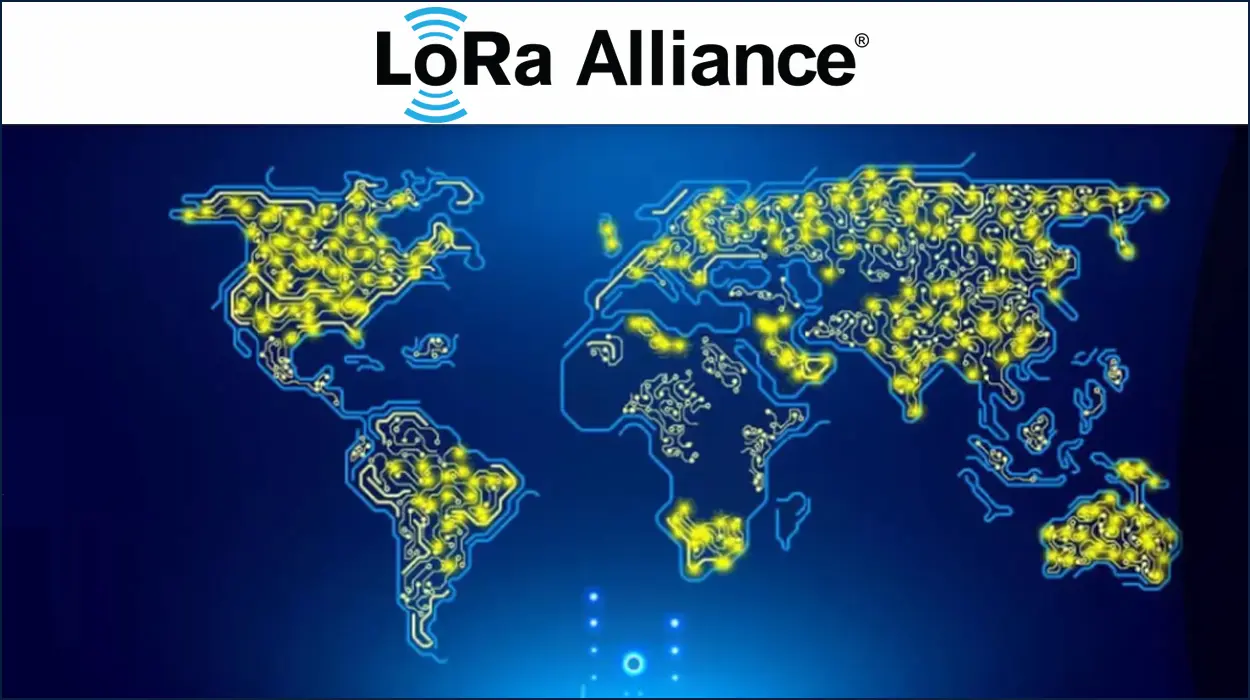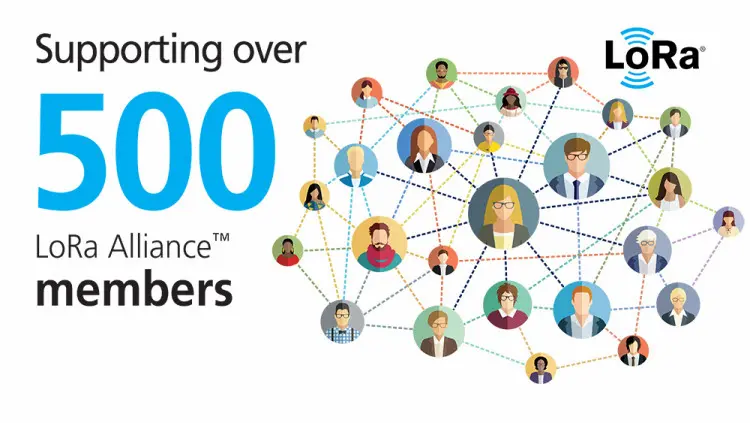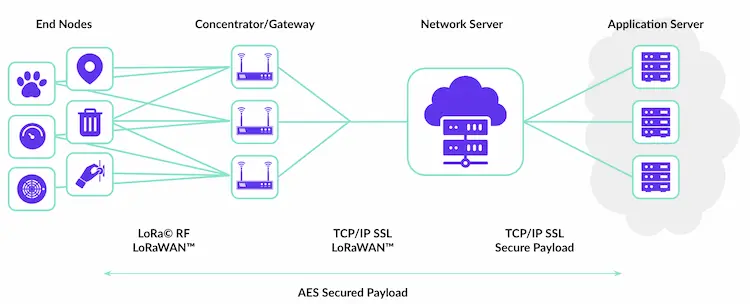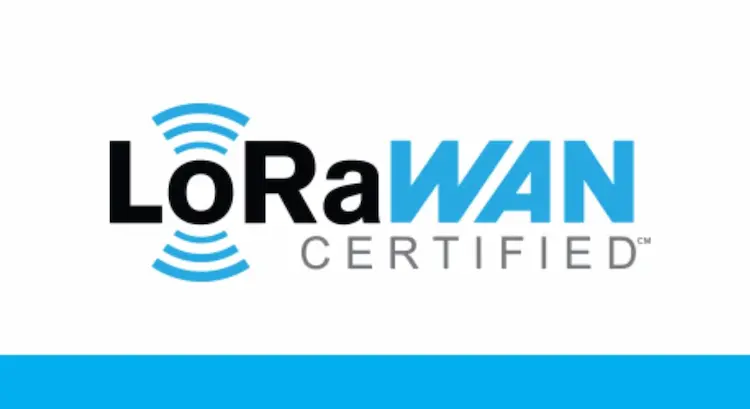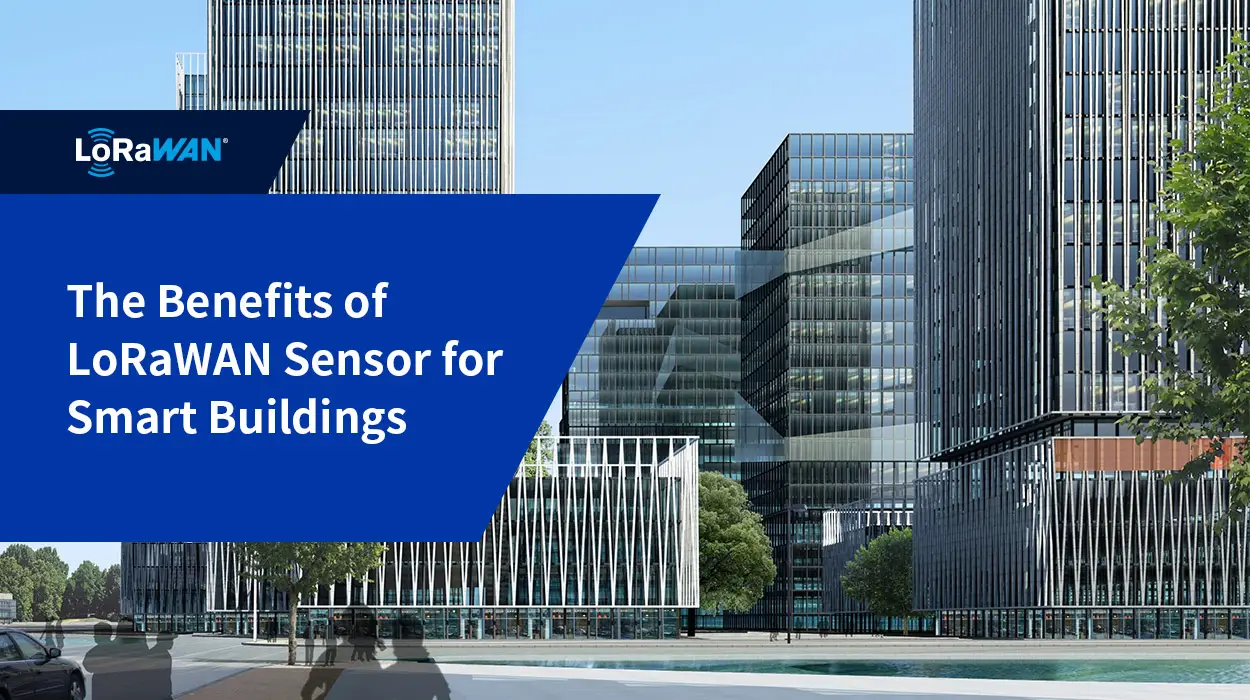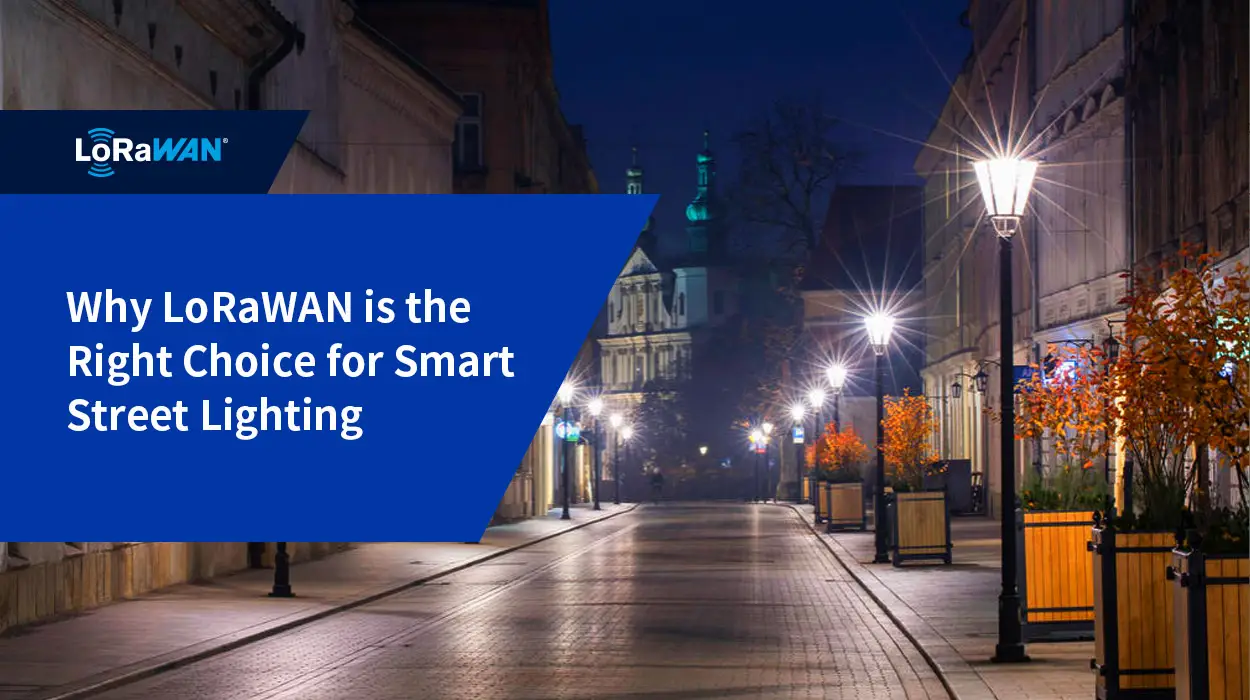The LoRa Alliance is an open, non-profit organization that aims to promote market awareness for LoRaWAN as a transmission standard, certify devices, and support the worldwide use of LoRaWAN. This is how it secures the position as a market leader and LPWAN standard in the unlicensed area. Its main focus is on integrating new features into the LoRaWAN standard to ensure that it will be the preferred solution for the Internet of Things (IoT). They also constantly investing in the strong certification program, which is a prerequisite for the interoperability and longevity that the Internet of Things requires.
How has the LoRa Alliance developed?
The LoRa Alliance is growing rapidly: Since it was founded in 2015, the number of member companies has risen to more than 500. No other technology alliance has done this so quickly. The field of action has also expanded, for example, they have also been certifying devices since 2018. In November 2019, more than 130 network operators in over 140 countries were using LoRaWAN. At the same time, the number of installations in private networks, which make up almost 50 percent of the implementations, has increased significantly in the past 18 months.
In 2019~2021, several major brands also joined at an executive level. These include MOKOLoRa, Arduino, Intel, Amazon, Thingstream AG, and of course Unitymedia NRW GmbH.
With around 100 network operators, 68 alliance member operators, operational activity in 51 countries, and LoRaWAN provision in over 100 countries, the benefits, and effects of the LoRa Alliance have already become internationally clear. Continuous expansion is still planned.
Why is the LoRa Alliance needed to establish LoRaWAN® on the market?
On the one hand, we are partners and at the same time the link that offers members a forum for cooperation. As a result, the respective solutions of the members flow into the development of LoRaWAN® at every point in the value chain.
Member benefits for the LoRa Alliance certification program:
۰List of certified products on the LoRa Alliance website
۰Higher ranking and visibility in LoRaWAN in the product catalog
۰The right to use the official LoRaWAN logo
۰Product praise also via the alliance
۰Prominent positioning in demonstrations of the LoRa Alliance at trade fairs
۰Highlighting via social media and the Alliance newsletter
How to establish your own LoRa network?
Since LoRaWAN is based on an open standard, which is why you can easily set up your own network. The architecture of a network looks like this:
End nodes refer to end devices, i.e. sensors and measuring devices, that transmit data packets. These are picked up by gateways that must be installed within reach. From there, all telegrams received are forwarded to the network server.
The server’s task is to make the data available to the right applications, to select the best gateway for the downlink message, to filter out and remove the redundant data that arises from the receipt of a message from several gateways and to remove the telegrams from the end devices to decrypt or to encrypt messages again for the end devices.
Due to the fact that a telegram from a terminal device can be received by several gateways at the same time, it is not necessary to transfer mobile measuring devices to a next Lora gateway. It just needs to be in range of the gateway. The application server, which takes over the application-specific processing, is connected to the network server.
What does LoRaWAN offer developers?
The LoRaWAN protocol is a huge global network with billion devices and designed for low power consumption and scalability. The protocol contains features that are inexpensive, support mobile and secure bidirectional communication and support smart city and industrial applications.
LoRaWAN specification documents
These documents were developed by the LoRa Alliance and are also maintained by it. In order to define the LoRaWAN protocol and ensure interactivity between devices and networks, the alliance developed and maintained the following documents.
LoRaWAN core specification
This document defines the LoRaWAN network protocol involved with MAC layer commands, frame content, classes, data rate, security and flexibility.
Regional parameters
This document contains a plan for testing frequency channels for each region of the world, operating according to established limits. These details will be handled separately with core so as to resolve the regional reguilation support requirement quickly. The LoRa “Physical layer” specification covered by the regional specification include: channel frequency, data rate, and power control.
Back-end interfaces
This document supports splitting the network into interoperable nodes for roaming between providers as needed. The back-end interface specification provides protocols for connecting servers with different roles, such as controlling the MAC layer, terminal authentication, or applications in the core network. The separation of these servers enables an open selection of providers for each element of the value chain, which strengthens the system.
Certification program
For any technology that can be scaled within an open, multi-vendor ecosystem, it is critical to rely on interoperability. This gives users the certainty that the LoRaWAN protocol is being adhered to, as is the interface between end devices and the network infrastructure.
The LoRa Alliance certification program ensures that the end devices meet the national regulations in the respective region and adhere to them. The LoRa Alliance Certified product program also ensures that LoRaWAN adhere to the interoperability and network infrastructure, components and offers in accordance with the national frequency regulations and the Alliance specification
Authorized test service provider and certification process:
Only authorized LoRa Alliance test houses can conduct tests for the LoRa Alliance Certified product program. Applicable reports and registrations for the national conformity assessment will be delivered along with the LoRa Alliance conformity report from the Alliance Certification Body before they are granted the right as a certified product or certified platform.
Which LoRaWAN developer KITs are there?
The LoRa-based development kits enable rapid prototyping. For developing IoT applications, establishing networks and detecting kinds of hardware and software kits are usually included to ensure everything works properly.
As a LoRa Alliance member, MOKOLoRa has announced a LoRaWAN-connected development kit, which should significantly accelerate the development and testing of IoT applications. The suite consists of a gateway and 10 sensor devices, applications, and a cloud-based LoRaWAN network connected to Loriot, perfect for anyone who wants to program a solution on Loriot. IO platform.
With such LoRa kits, depending on the size of the kit, you can test different applications, including range tests, penetration tests, long-term tests, room climate, and occupancy, as well as air quality and temperature.
Customers needn’t spend time on configuration and detecting a new network with our tool kit as we’ve already provided a LoRaWAN network, which has been detected with the tool kit and configured with software. Test it with real sensors.
Is LoRaWAN the future?
According to a number of analysts, LoRaWAN has clearly established itself as the leading IoT network technology and is the only solution that is currently really ready for the market. As an industry association, they are taking all necessary steps to expand this position and to maximize the number of devices involved. Ultimately, the fact that we are supported by more than 500 member companies with 3,000 active members is the reason why, with LoRaWAN, they have a broad base of technical experts and marketers who work together for the success of LoRaWAN.
What significance does MOKOLoRa have as a LoRaWAN solution provider?
Since joining the LoRa Alliance, MOKOLoRa has significantly sharpened awareness of LoRaWAN in Germany. As a leading member of our Marketing Taskforce, MOKOLoRa has strengthened the trust of the German market in the LoRaWAN standard. It is inspiring how MOKOLoRa actively promotes LoRaWAN and makes the implementation easier than ever for end users with a comprehensive range of LoRaWAN solutions. We are therefore looking forward to further contributions and support from MOKOLoRa.
New LoRaWAN use cases are increasing and I can confidently say that today we only see the tip of the iceberg in terms of the potential of IoT. The LoRa Alliance will continuously develop the LoRaWAN specification, support the certification of devices and educate the market about the advantages of LoRaWAN for the IoT.

